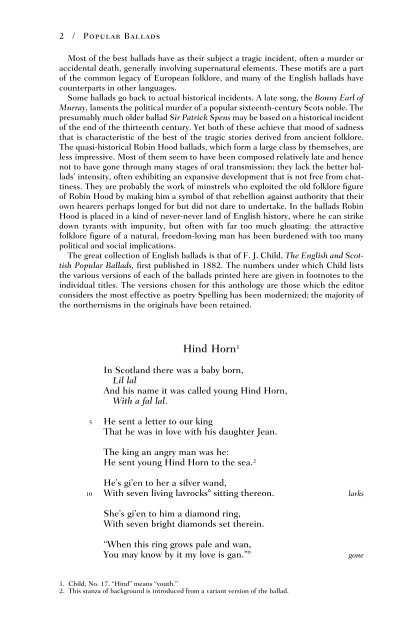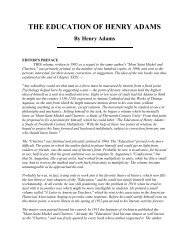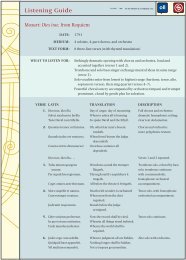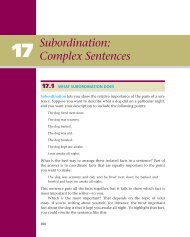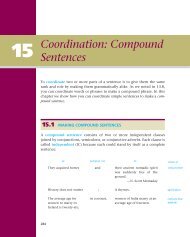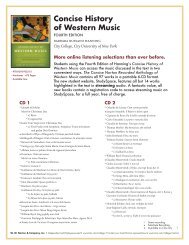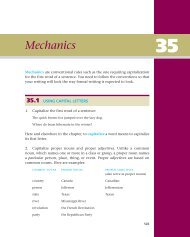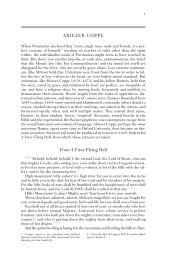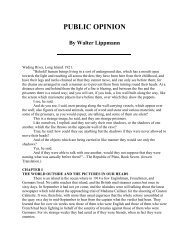POPULAR BALLADS - WW Norton & Company
POPULAR BALLADS - WW Norton & Company
POPULAR BALLADS - WW Norton & Company
You also want an ePaper? Increase the reach of your titles
YUMPU automatically turns print PDFs into web optimized ePapers that Google loves.
2 / Popular Ballads<br />
Most of the best ballads have as their subject a tragic incident, often a murder or<br />
accidental death, generally involving supernatural elements. These motifs are a part<br />
of the common legacy of European folklore, and many of the English ballads have<br />
counterparts in other languages.<br />
Some ballads go back to actual historical incidents. A late song, the Bonny Earl of<br />
Murray, laments the political murder of a popular sixteenth-century Scots noble. The<br />
presumably much older ballad Sir Patrick Spens may be based on a historical incident<br />
of the end of the thirteenth century. Yet both of these achieve that mood of sadness<br />
that is characteristic of the best of the tragic stories derived from ancient folklore.<br />
The quasi-historical Robin Hood ballads, which form a large class by themselves, are<br />
less impressive. Most of them seem to have been composed relatively late and hence<br />
not to have gone through many stages of oral transmission; they lack the better ballads’<br />
intensity, often exhibiting an expansive development that is not free from chattiness.<br />
They are probably the work of minstrels who exploited the old folklore figure<br />
of Robin Hood by making him a symbol of that rebellion against authority that their<br />
own hearers perhaps longed for but did not dare to undertake. In the ballads Robin<br />
Hood is placed in a kind of never-never land of English history, where he can strike<br />
down tyrants with impunity, but often with far too much gloating: the attractive<br />
folklore figure of a natural, freedom-loving man has been burdened with too many<br />
political and social implications.<br />
The great collection of English ballads is that of F. J. Child, The English and Scottish<br />
Popular Ballads, first published in 1882. The numbers under which Child lists<br />
the various versions of each of the ballads printed here are given in footnotes to the<br />
individual titles. The versions chosen for this anthology are those which the editor<br />
considers the most effective as poetry Spelling has been modernized; the majority of<br />
the northernisms in the originals have been retained.<br />
Hind Horn 1<br />
In Scotland there was a baby born,<br />
Lil lal<br />
And his name it was called young Hind Horn,<br />
With a fal lal.<br />
5 He sent a letter to our king<br />
That he was in love with his daughter Jean.<br />
The king an angry man was he:<br />
He sent young Hind Horn to the sea. 2<br />
He’s gi’en to her a silver wand,<br />
10 With seven living lavrocks sitting thereon. larks<br />
She’s gi’en to him a diamond ring,<br />
With seven bright diamonds set therein.<br />
“When this ring grows pale and wan,<br />
You may know by it my love is gan.”<br />
gone<br />
1. Child, No. 17. “Hind” means “youth.”<br />
2. This stanza of background is introduced from a variant version of the ballad.


